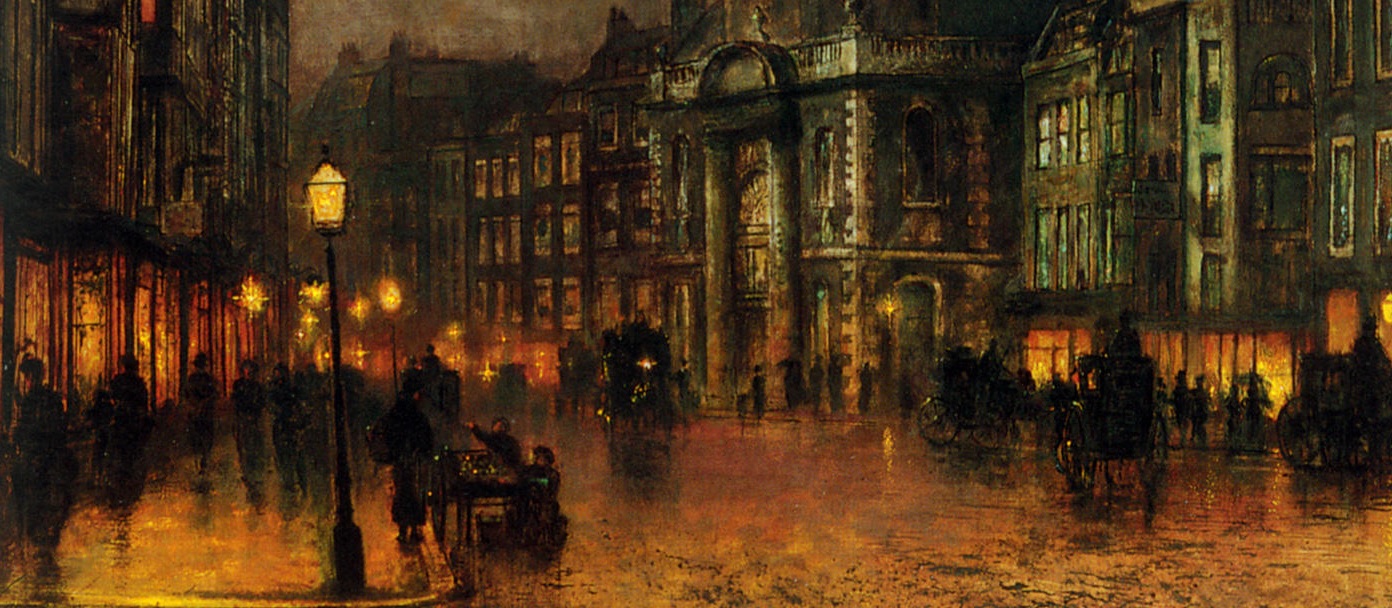
Richard Leahy introduces his new book, Literary Illumination: The Evolution of Artificial Light in Nineteenth-Century Literature.
It is easy to take artificial illumination for granted in our modern, twenty-first century culture of twenty-four hour supermarkets and brightly-lit roads and streets, yet this technology has only really shaped our lives for the past century and a half at most. Prior to the turbulent development of different competing forms of artificial light in the nineteenth-century, night-time was an entity to be feared and obeyed, rather than bent to human whims. In the development of artificial illumination, we can see the blooming of a truly modern society.
Where once, as A. Roger Ekirch states, Night was ‘man’s first necessary evil, our oldest and most haunting terror’, it was now able to be pushed back, extending living and working hours and aiding the growth of the middle-class consumer. Night and darkness had dictated patterns of human life for centuries – indeed, in preindustrial households the occupants would often sleep in segmented shifts due to the difficulty of lighting a home for such a long period of time – yet in the nineteenth century, thanks to innovations in candle, gas, and electric lighting technology, this ancient sleeping regimen disappeared as the western world charged into industrial modernity.
The intimate connections humanity holds with light and darkness, and day and night, have made it an archetypal tool for telling stories. Within the dichotomy, we can understand concepts of concealment and revelation, and for centuries the binary connection between light and dark has suggested similarly absolute symbolic concepts, such as good and evil, and right and wrong. The book Literary Illumination engages with these ideas, and explores the influence that this changing relationship with states of light and dark had over the literature and culture of the nineteenth century. Light became a much more flexible metaphor, and provided authors such as Charles Dickens, Elizabeth Gaskell, Wilkie Collins, Émile Zola and Edith Wharton with an ideally suited metaphor with which to discuss the rapid transitions that society underwent during the period.
Richard Leahy is Lecturer in English at the University of Chester, whose research interests include the nineteenth century, technology and literature, and techniques of illumination.


